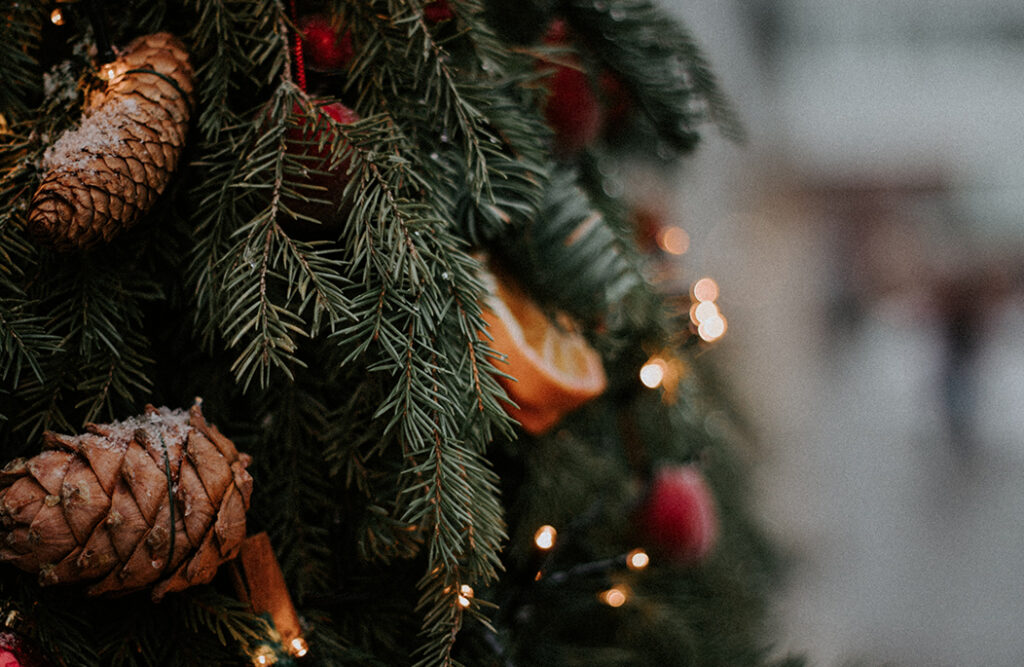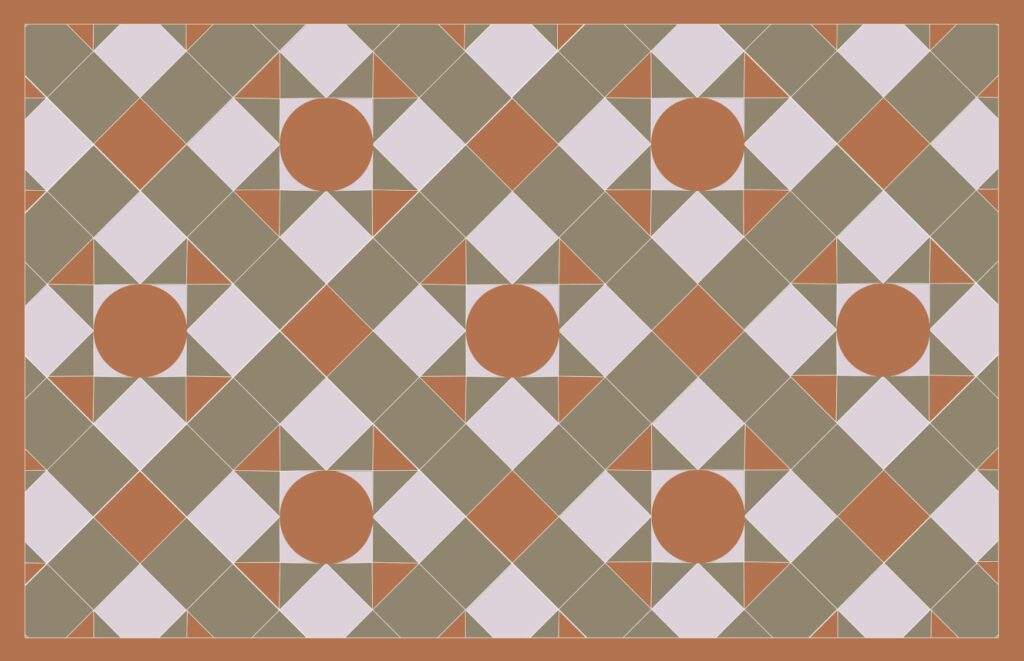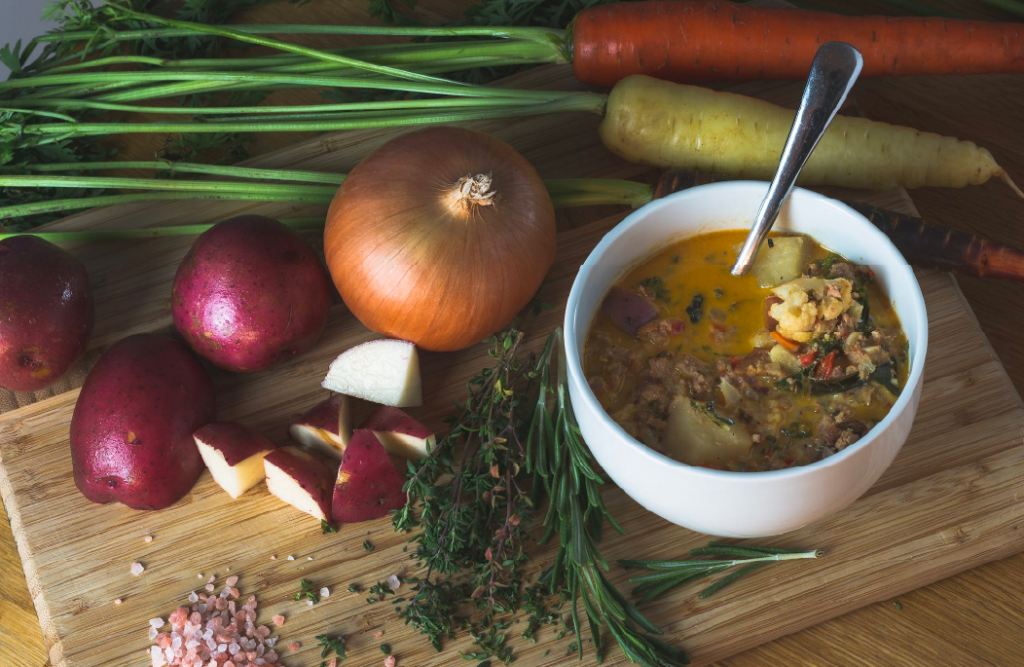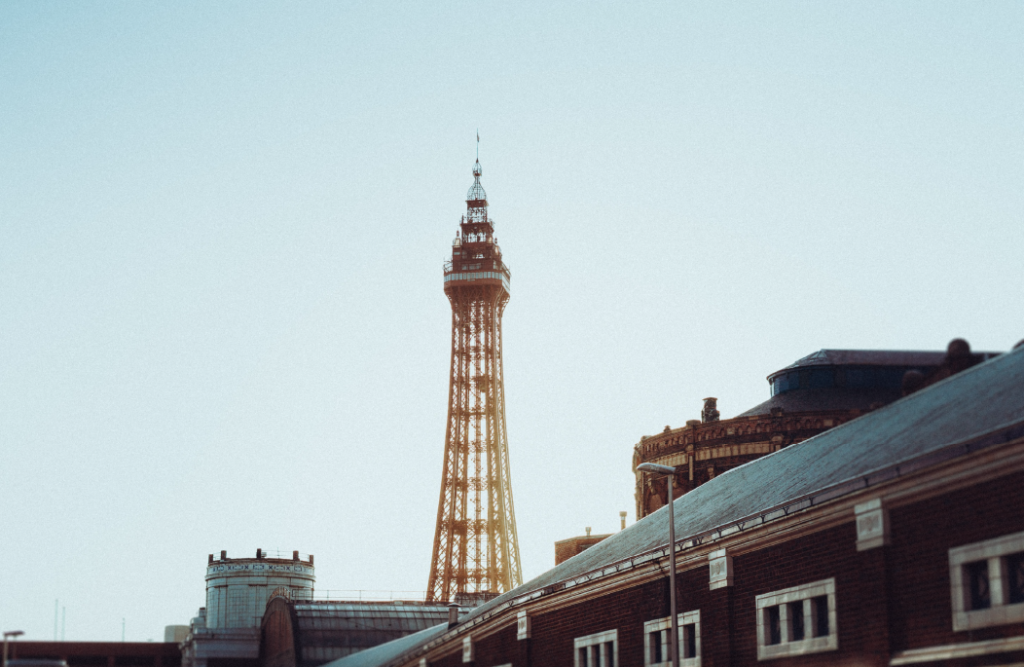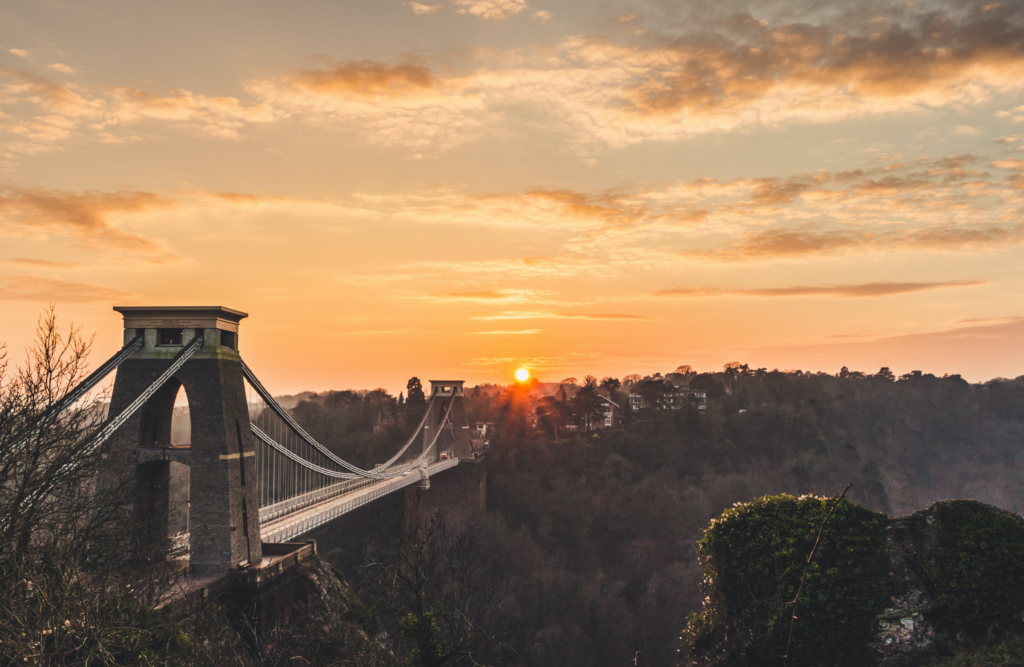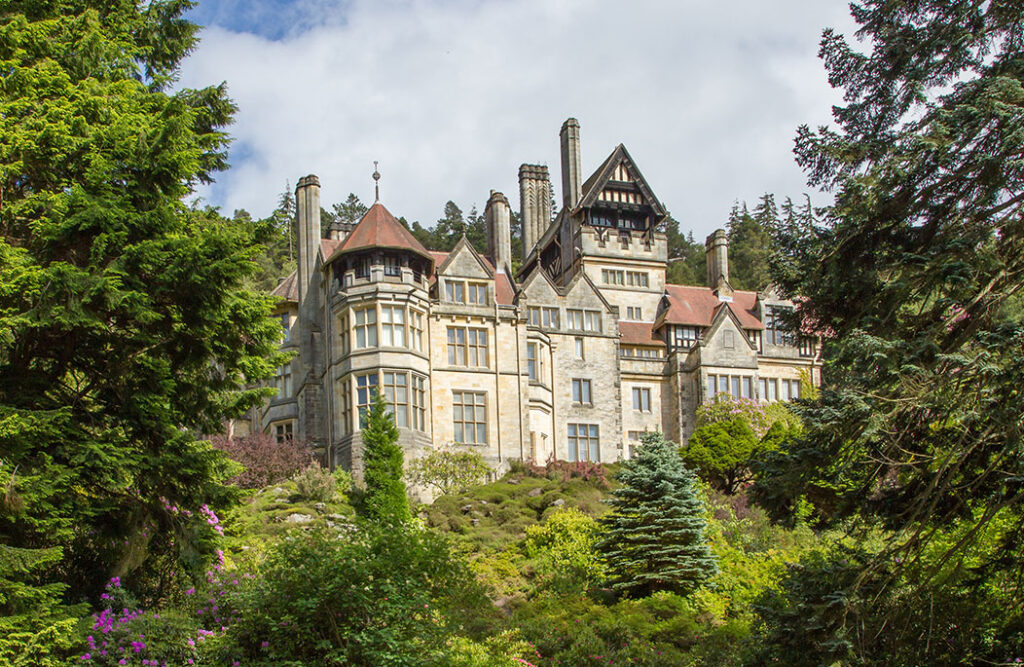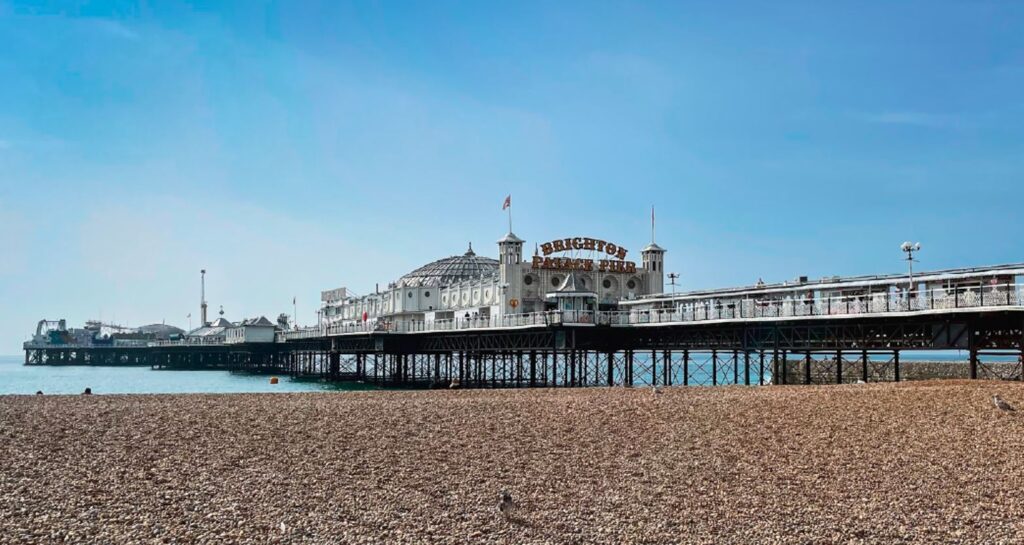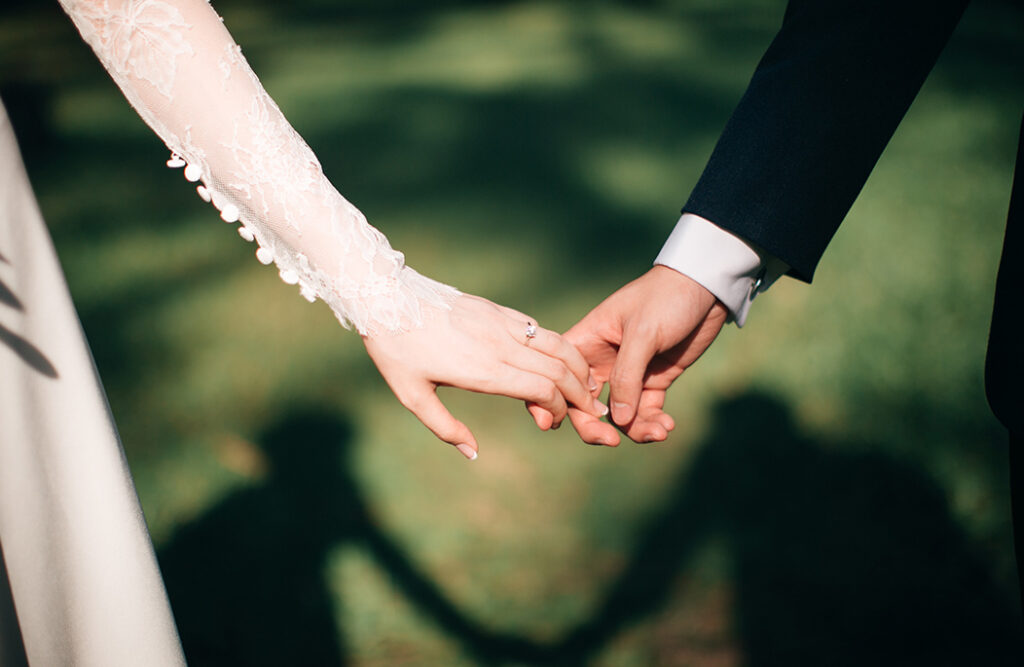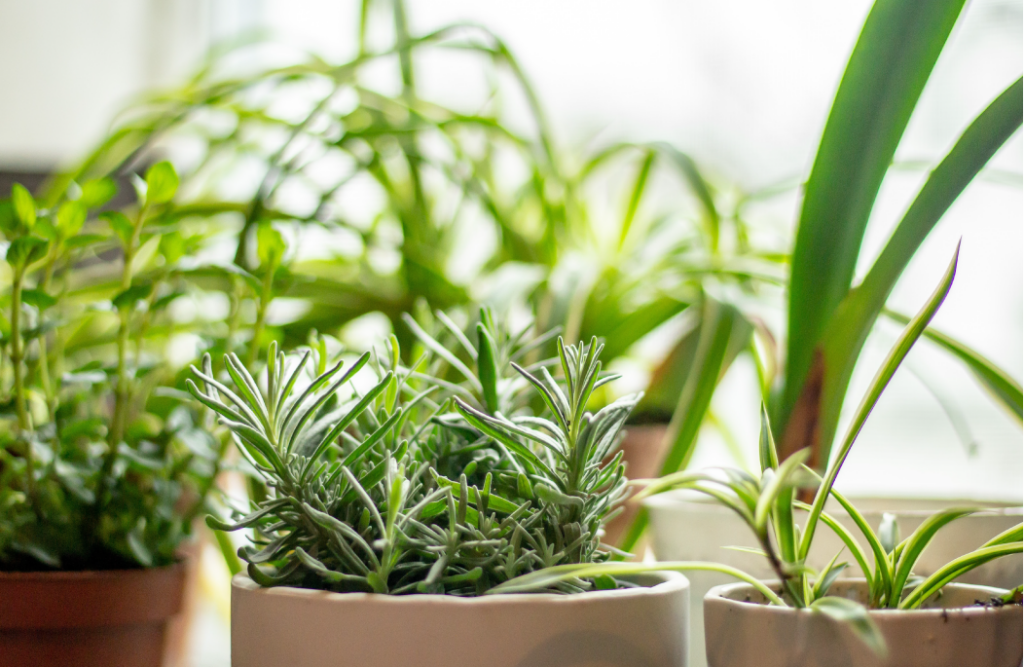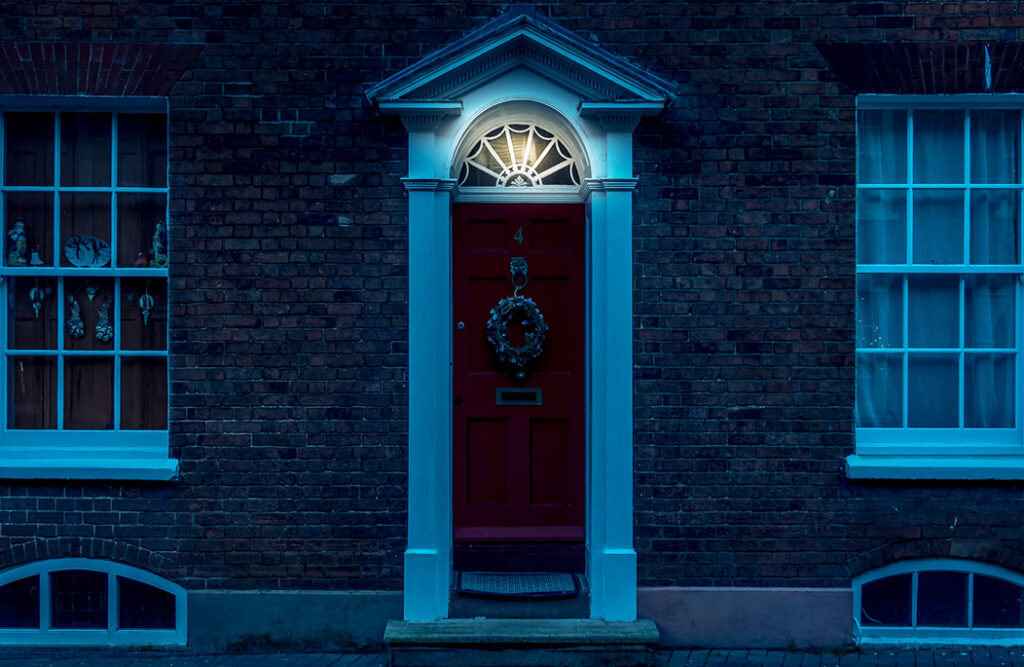Christmas just wouldn’t be Christmas without a tree and we have the Victorians to thank for this tradition.
Though evergreens had long been an element of Christmas past, it wasn’t until Queen Victoria, her husband Albert, and the young princes and princesses were sketched standing in front of a decorated tree at Windsor Castle in the 1840s that the Christmas tradition really took off.
The drawing was published in the Illustrated London News and from that moment on, even the poorest households incorporated a brightly decorated tree as part of their Christmas celebrations.
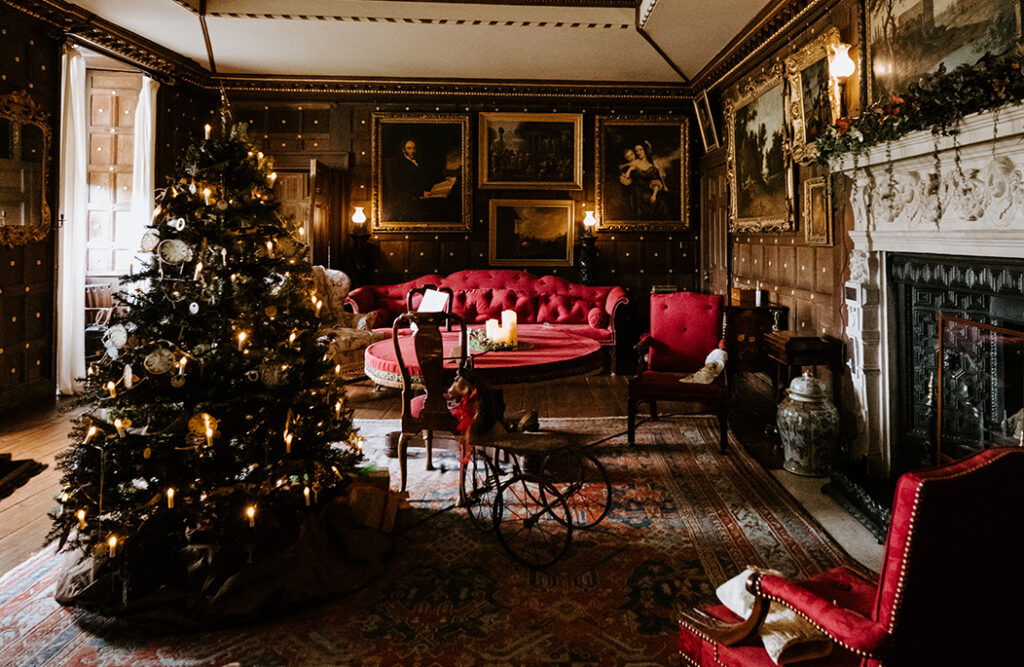
The Christmas tree remains the centre of attention
The decorated Christmas tree remains one of the focal points of the home during the festive season and to really put on some Victorian style, the bigger the tree, the better.
With high ceilings favoured by the Victorians, six foot trees were commonplace even in the most modest homes.
Following the royal household’s lead, it quickly became a Victorian Christmas tradition and the height of fashion to set up a large tree and decorate it with candles.
If candles are to be used for tree decorating nowadays, they should remain unlit because of the fire hazard, but a wide variety of candle-like fairy lights are available to give your tree that Victorian look.
download the full victorian homes ebook
Download Victorian Homes, a free ebook created by Adrian Flux insurance services. It is full of Victorian house facts, tips on how to create a Victorian style house — even if you live in a new-build home — and advice on where to source original Victorian and reproduction fixtures, fittings, furniture, accessories and art.
Trees were decorated with sweets, fruit, nuts and cakes
The early decorations consisted mainly of colourful bows, home-made sweet treats, seasonal fruit, nuts, and cakes hung from the branches by coloured ribbon.
Today trees are often artificial and many are pre-lit, so you don’t have to worry about temperamental strings of light bulbs, but back in the day, trees were real evergreen firs cut fresh from the forest.
Decorations were invariably homemade until hand-crafted glass balls became available in the 1860s. The first were fashioned as red apples and today red is still one of the most popular colours for baubles.
A Nativity scene complemented the Christmas tree
Around the same time, manufacturers started producing angels and other figures from the Nativity and the Victorians thought it rather sophisticated to build a Nativity scene on a skirt around the base of the Christmas tree.
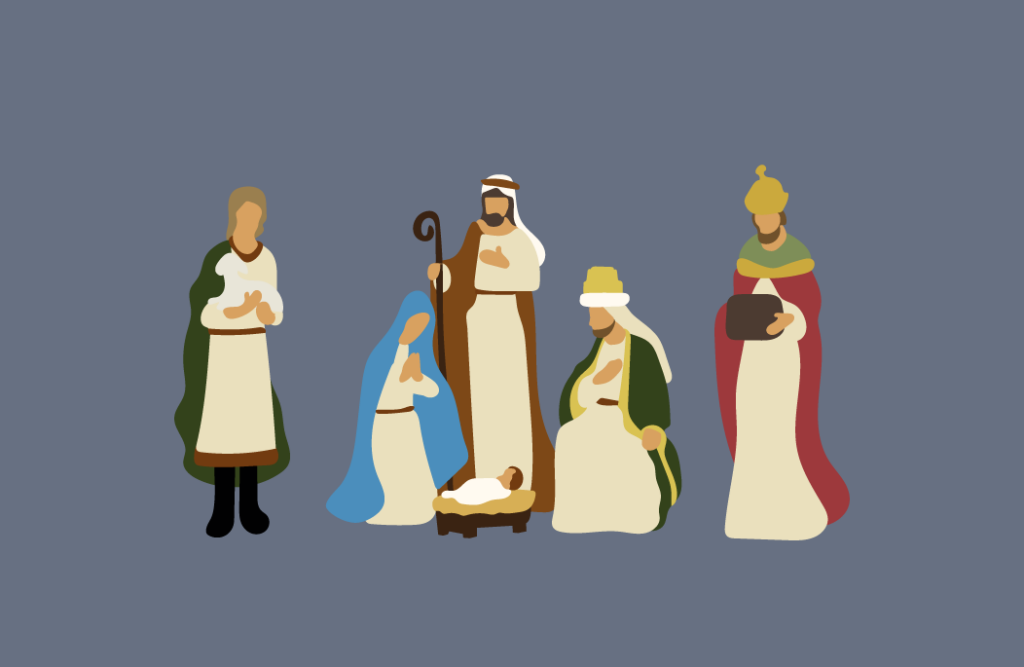
The skirts were originally deployed to catch falling pine needles and to protect the floor or table top from wax dripping from the candles on the trees, but as the years went by they became more elaborate and decorative.
Tinsel, thin strips of silver foil sold as ‘icicles’, was created in Germany in 1878 and a few years later, ‘angel hair’ made from spun glass was sold. When plastic tinsel was invented it became even more popular as it was cheaper and lighter to hang on the tree and around the house.
So, when you’re hanging your tinsel this festive season, spare a thought for our Victorian forebears who started this Christmas tree tradition and put a real sparkle into our Christmas celebrations.
Looking to insure your Victorian Home?
Adrian Flux is a specialist insurance compnay offering bespoke cover for all period and Victorian homes. Call 0800 369 8590 got a fast and hassle-free quote.
Our home insurance customers saved an average of 31% in 2021 when taking out a policy with us. See how much you could save by giving us a call.
